Italy-Adriacost
March 2023. A journey along the Adriatic Sea

On March 6th at 4 o'clock in the morning I set out for Italy. Overall, I expect to take some nice shots along the Adriatic Sea. My travel destination ends shortly before Ravenna, and I return on March 11th. So I have 5 days available and hope for nice weather to take pictures. In total I have selected 8 different nature reserves and start in Riserva Naturale Regionale VALLE CAVANATA.
"Valle Cavanata". Arrive time was around 10 a.m. after a distance of 466 km. It is still hushed at this time, almost no tourists on the road. I'll take my bike and cycle along the lake. After a few kilometres, there is the first observation tower overlooking the lake (lagoon) that runs along the Averto river. The first flamingos were spotted right away, but also a number of little grebes still in their winter plumage, as well as a number of mute swans and a few egrets. After cycling about 15 km I returned to the information centre which was open meanwhile. Here I got to know a very friendly employee from Reserve, who turned out to be an Englishman, so there were no language barriers. He had various tips for me. More on that later. Then a few meters walk to two other observation points, unfortunately there was nothing going on here. He said that there are big problems with bird flu here, especially with mute swans. In addition, due to the much too low rainfall, the country is beginning to become oversalted.
From September 11th to 15th, 2032. In September, I was on the same route again. It was shocking to see what must have happened after the floods in the Po Delta in April and May. Where I was standing, the water was at head height (almost 2 meters). All the flamingos' nests were washed away. Not a single flamingo to be seen any more. Only four Sacred Ibises seen in flight.

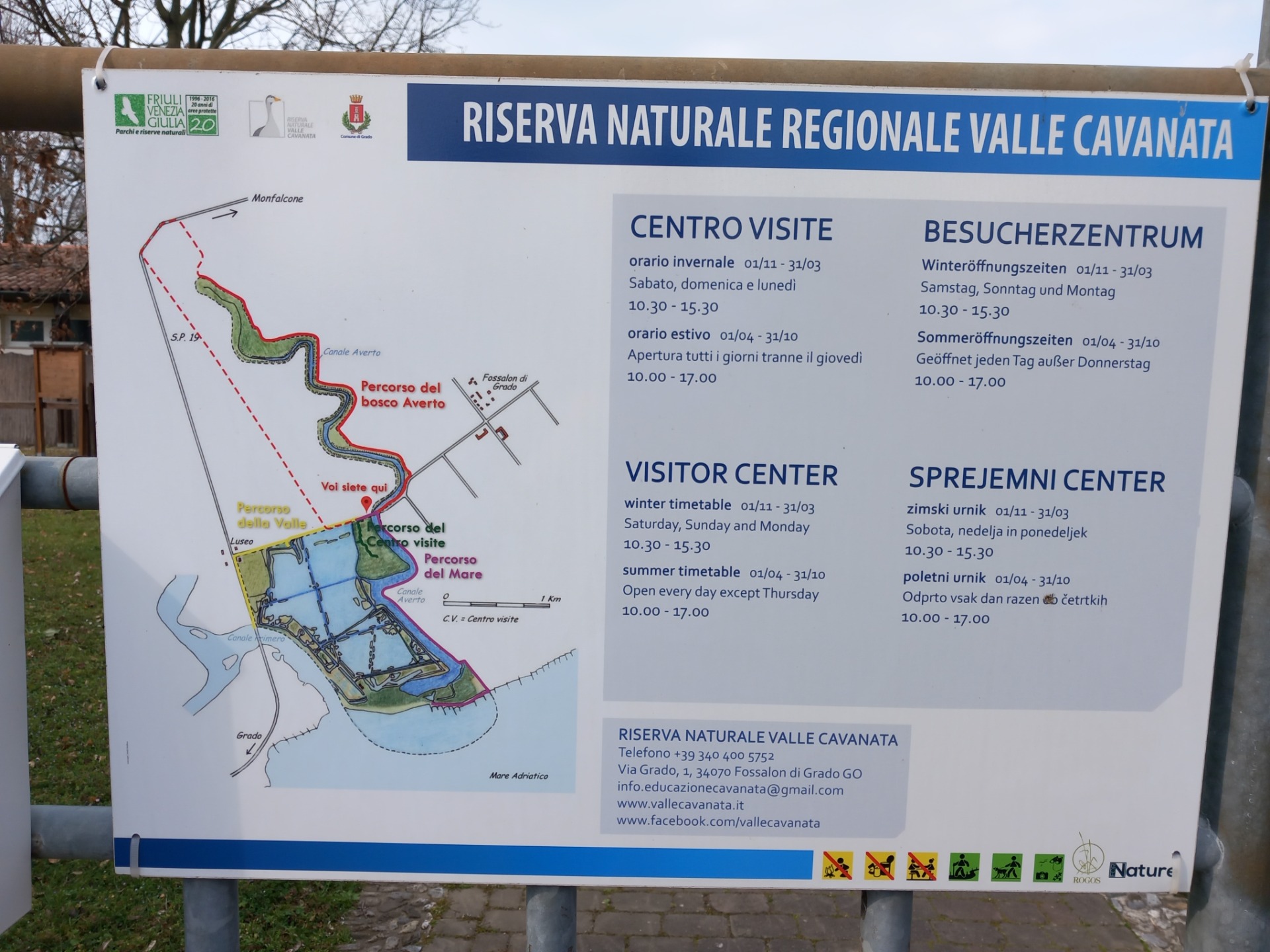
I continue to the neighbouring reserve "FOCE DELL'ISONZO"
This reserve runs mostly along the river Isonzo on one side, and on the other side lies the Adriatic Sea. So you have two different habitats. There is a very interesting information centre here with a nice secure car park. I got all the information you asked for right away. It is very well-informed here in English as well as some German. There are two hiking routes here, one takes about 1 hour and the long one about 3 hours. On the way, there are various opportunities to take photos in a shelter or beautifully built bird watching huts. I started right away with the long tour along the Adriatic Sea and then ran the shorter one around the lagoons. The reserve is known for its large population of Curlew. That was the case! Lots of duck species and numerous little egrets. Below you can see the bird species I have photographed.


Slideshow: the landing of the plover (Pluvialis squatarola).
In the evening, I prepared my dinner in a car park nearby, and then on to the overnight stay at B&B Isonzo with very friendly hosts. Performed there as (receptionist) while outside enjoying my well-deserved pint. Meanwhile, other guests arrived, whom I then helped further. That's why I was invited by the owner for a schnapps, which of course I didn't refuse.
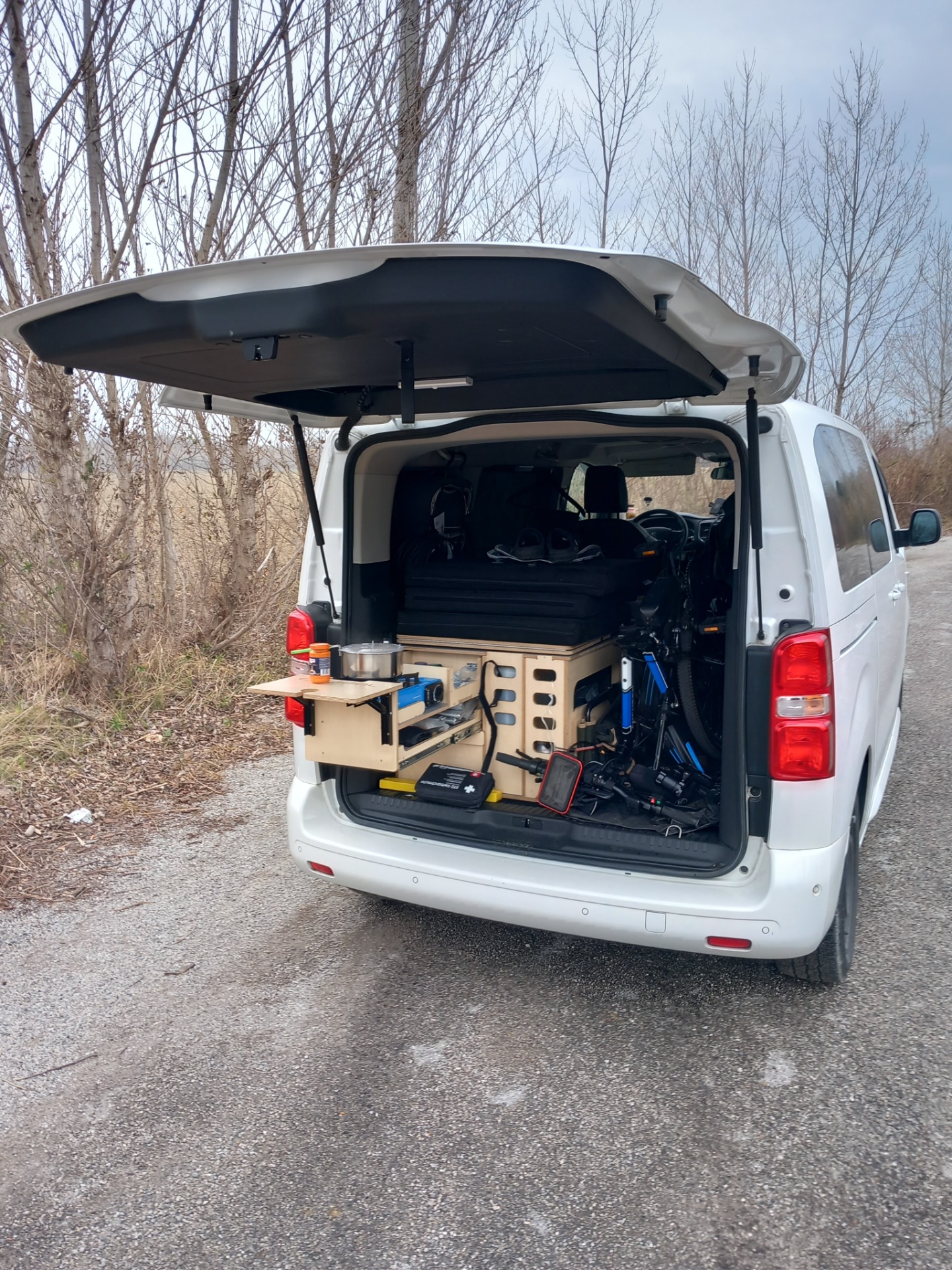

The next day, after a typical Italian breakfast with plenty of sweet cakes but with heavy feet, I left early for the "FALESIE DI DUINO reserve".
After a short hike, you suddenly stand on cliffs and look several meters down to the Adriatic Sea. What a view, even as far as the Trieste port estuary. I paused here for a few hours and let the world pass me by. Meanwhile, the shot I've been wanting for a long time after watching many documentaries about the peregrine falcons sitting on the cliffs, now unexpectedly it was there! The peregrine falcon on a cliff. A dream.

Then around noon via Latisana and Brussa to a birdwatching tower along the Canale Canadare. On the way, I suddenly discovered the first sacred ibises next to the road. After I had searched a lot on the internet, I realized that they are not that rare. They are all likely to be traced back to various captivity settings. The first were probably held captive in France in 1970. Meanwhile, they have already been sighted from the Netherlands to Bavaria and down to the Adriatic and Mediterranean coasts. Further below the village of Brussa there is an unspecified reserve called "Vallevecchia Natura Nuova". Before driving on to the Adriatic Sea, turn right at the first opportunity onto a non-asphalted path. You drive to the end, there is a parking, and go for a walk. Along a lake, there is suddenly a large observation tower with a view over the entire lake. Many species of ducks, grebes and marsh harriers can be found here at this time.
In the evening, then on a camper place for a cosy night. This is just behind the dunes behind the Adriatic Sea. You can stand here for free because not current. Outside the tourist season, it is also pleasantly quiet here.
African sacred ibis (Threskiornis aethiopicus)




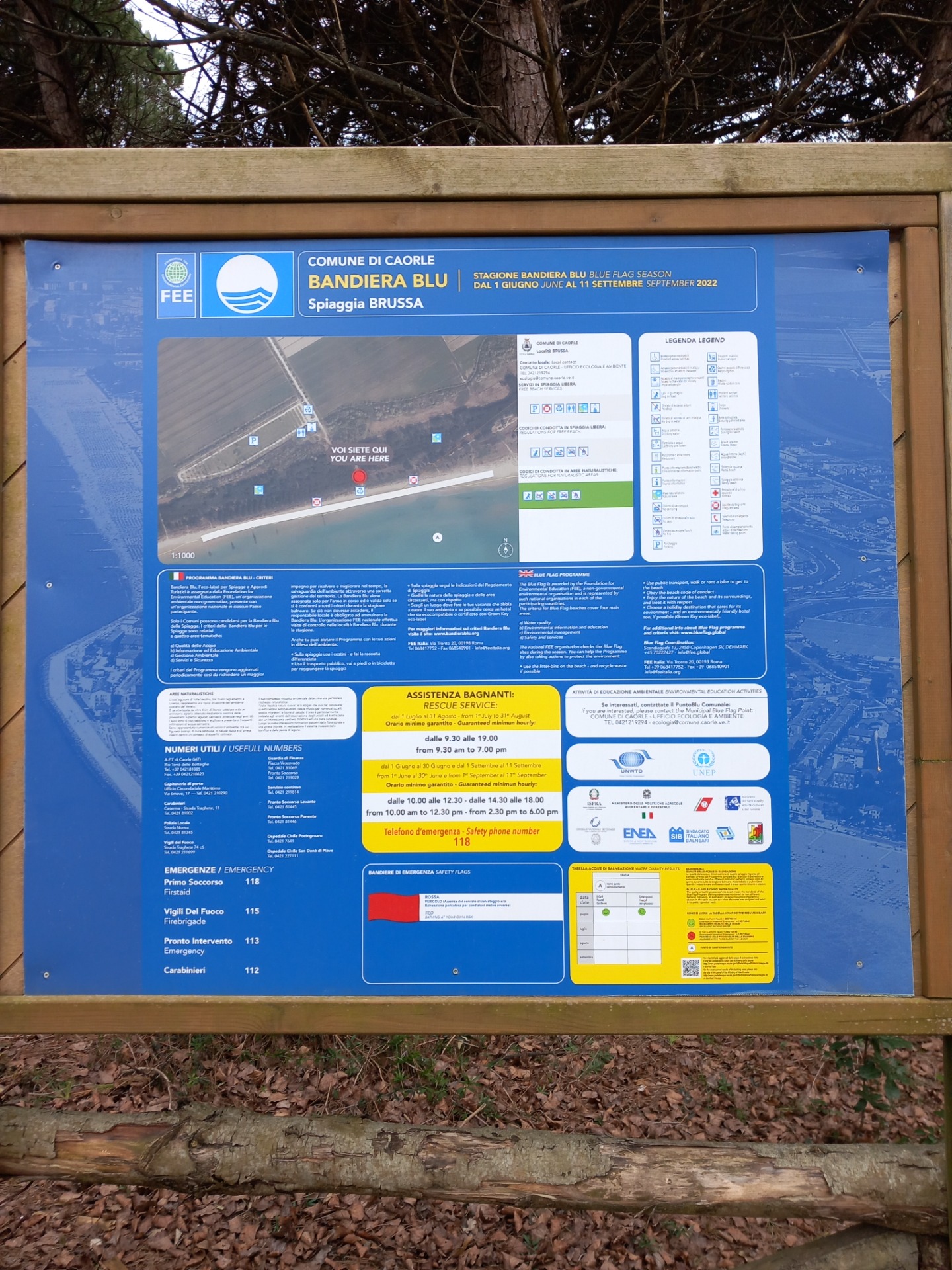

After a restful but cool night (3C.), I set off southwards to Ravenna, to the Po Delta. There are various bird-watching opportunities here. It started with "Rosolina Mare". Here in the lagoons, I expect many flamingos. That's how it was then. In addition to many flamingos, there were reed buntings, chiffchaff, little egrets, various species of gulls, many black-necked grebes all still in their winter plumage, pygmy cormorants and robins.
After a few hours there at a cosy 21c. After spending some time, I made my way further south to the "Torretta Birdwatching Station". It was quiet there. Saw a Sacred Ibis once, and a couple of Teals. That was it. I was probably here too early in the year.
In the evening, I went to a B&B Hotel Locanda del Passo Pomposa. A magnificent site, right on the river "Po of Volano" but when it gets warmer the cave will probably be bustling with Gnats. After a wonderful beer, I went to the cosy room.

The next morning I set off comfortably to the "Valli di Comacchio", a lagoon that offers various opportunities for cycling, walking or just observing. I then did the latter. Unfortunately, there were only pygmy cormorants here, along the way a few great egrets and gray herons, otherwise unfortunately not, so back north to Rosolina Mare, and in the evening again cozy at the Parco di Ville mobile home park.



On the penultimate day, I went to the Valli di Comacchio in the hope of seeing pink flamingos there again. Yes, actually there were enough. There is the possibility of getting around by bike. The only thing is that you have to take a small ferry to park your car. But that only costs 3 euros for one trip back and forth. This gives you a secure parking space because nobody else can get there. Translated again by bike, and off I go. On the way to a mobile parking space, I encountered various times sacred ibises. Once I was able to stop to take pictures because the ibises, like the little egrets, have the habit of always staying right next to the road, and mostly on a field that is not yet overgrown, looking for insects in the ground. Only twice I had seen ibises standing in the water.
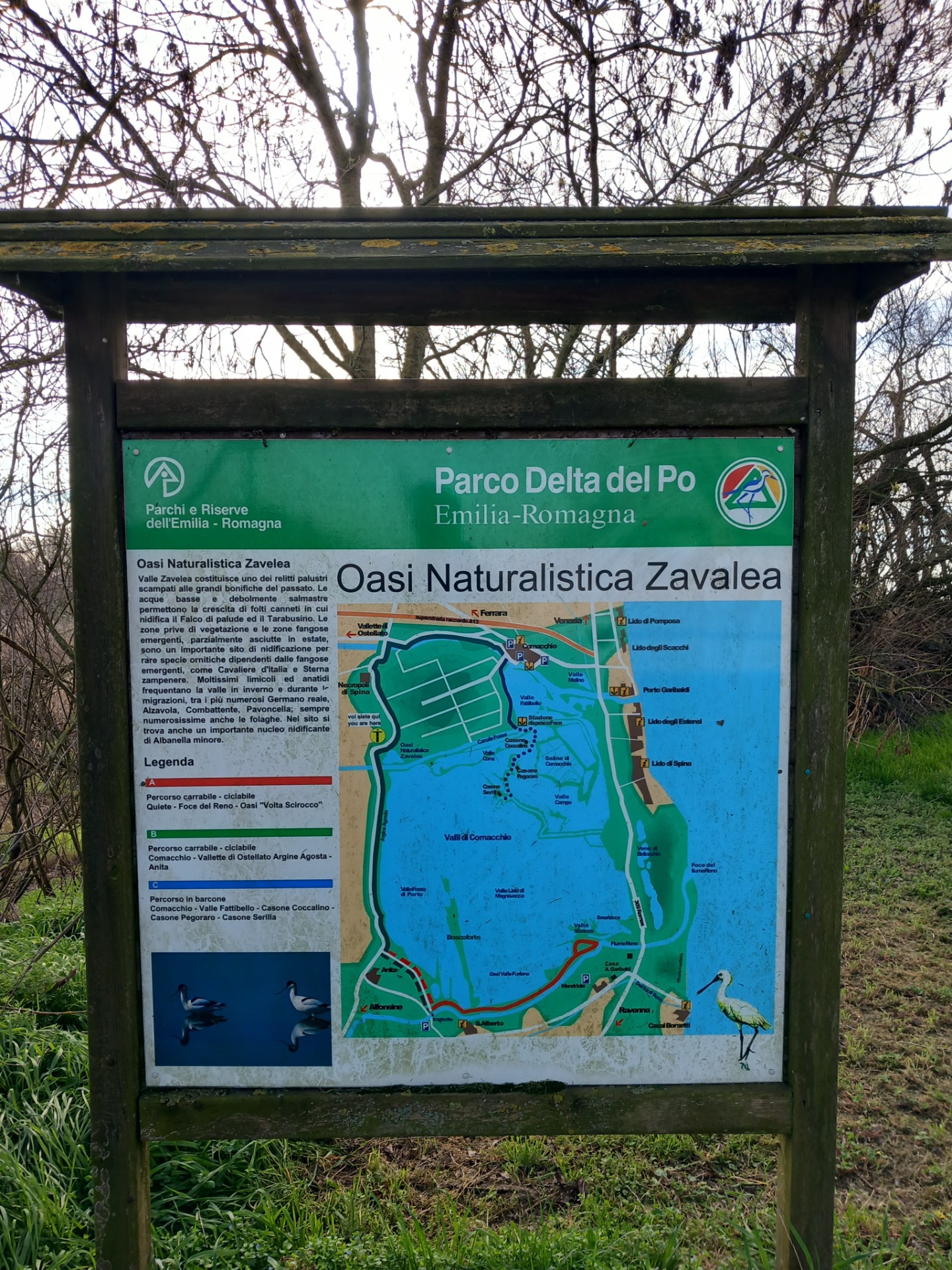
On the last day, I continued north towards Gemona. Here I had received a tip that I should visit Lake Cornino. (Only 90 km from the Austrian border, via Tarvisio). Griffon vultures have been fed here for years, and they have increased greatly over the years. What I was offered there even left me speechless. In Spain, I had many seeing vultures, but never seeing so many griffon vultures on such a small piece of earth was a great experience. See the great pictures and video recordings. Unfortunately, the information centre was closed, so I did not get the information I wanted. There are also injured birds here or juveniles raised alone, young griffon vultures and two examples of Ural owls were kept here.




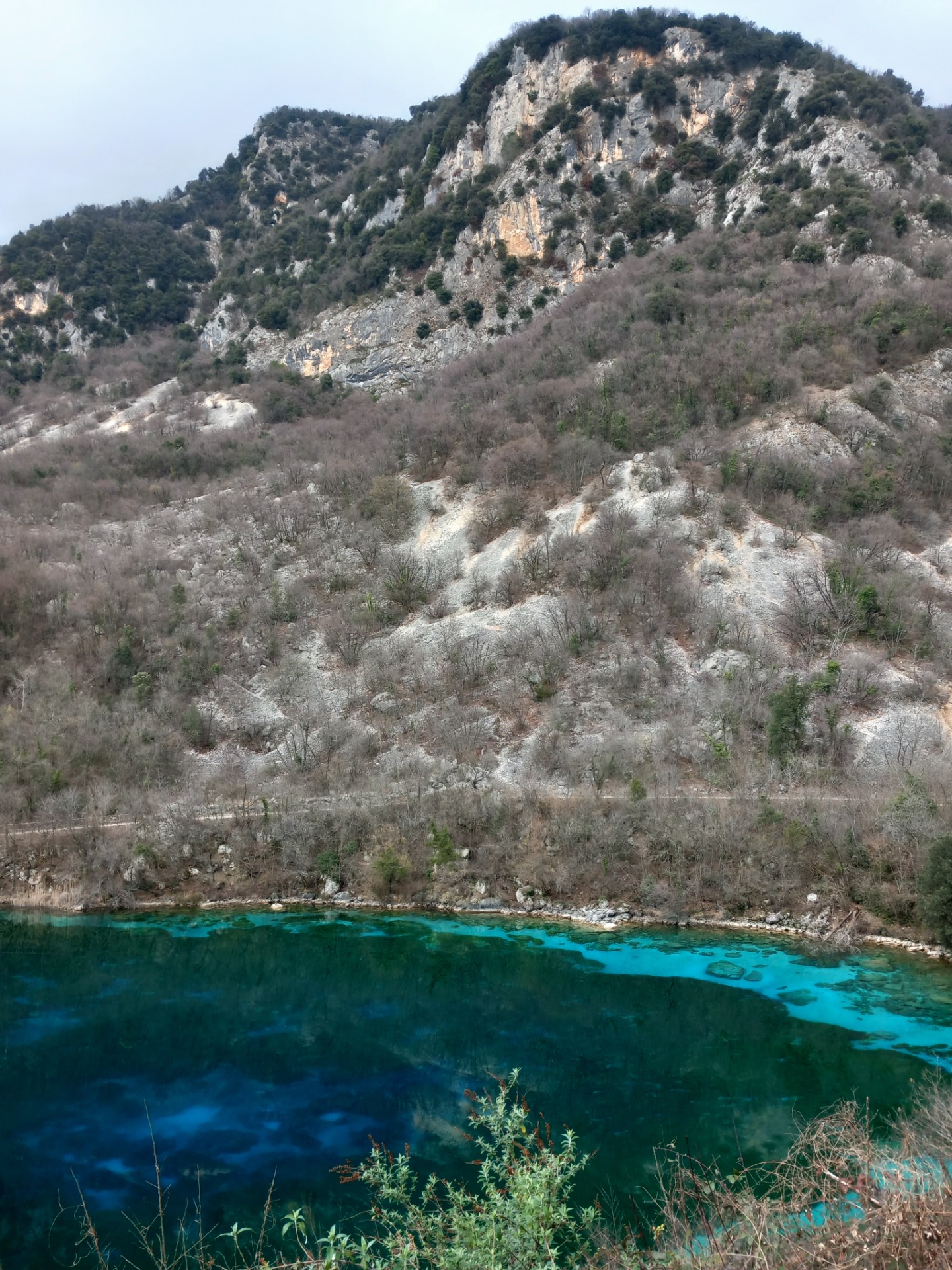
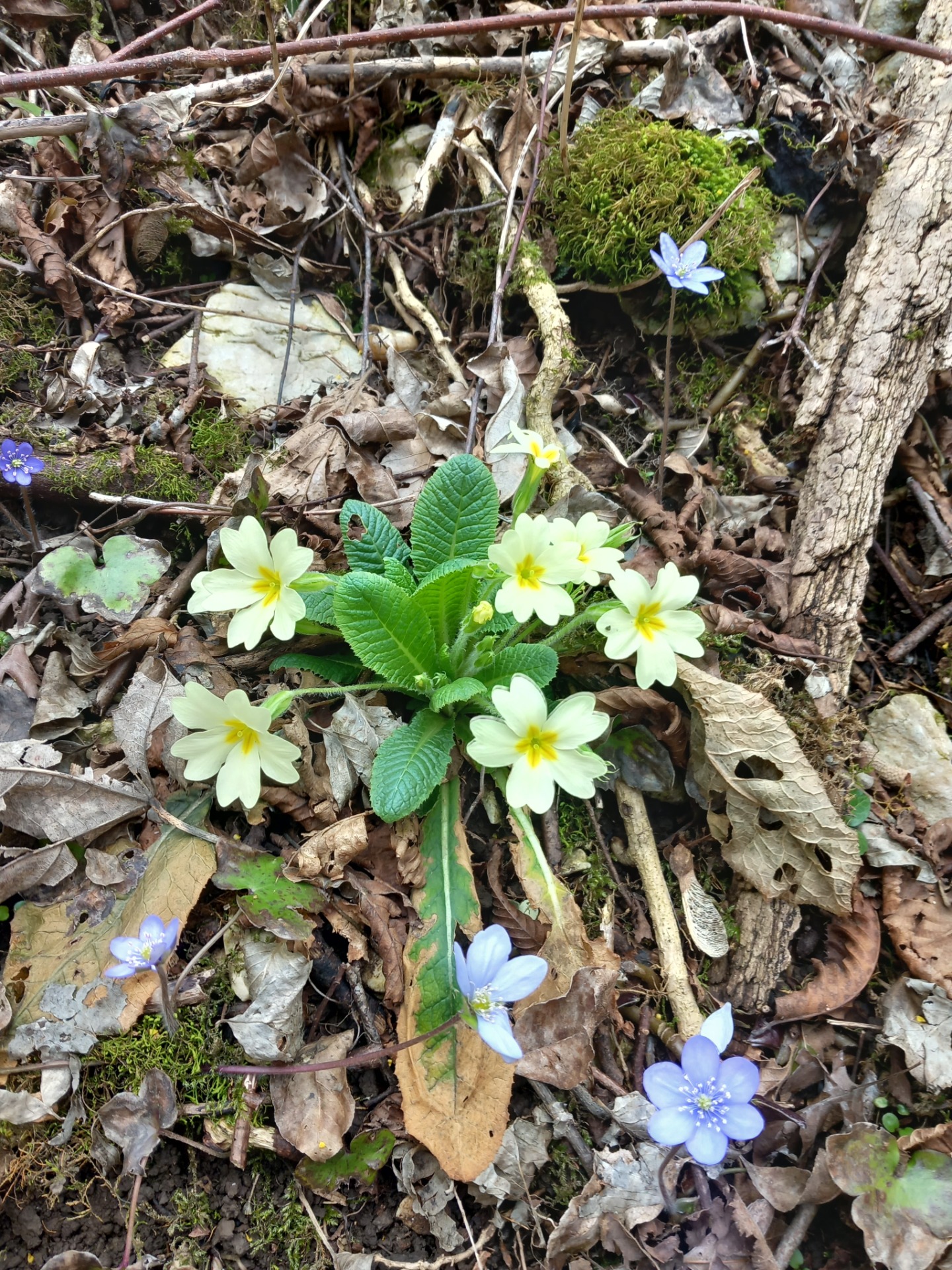
Gänsegeier, Eurasian griffon vulture (Gyps fulvus)
After my trip, I had covered 1850 km and had some successes. A few new species: the rare Sacred Ibis, Taiga Chiffchaff, Rock Bunting, and Lap Plover. Of course, also with many other beautiful motifs and impressions. I have had very positive experiences in Italy with very friendly and accommodating people.
